Newspapers like the Blue and White are filled with stories in the form of words. This manner of storytelling can be incredibly illuminating—but sometimes has a drawback. Written word is occasionally not as accessible or appealing to audiences who prefer visuals. Editorial illustrators create covers, cartoons, and illustrations for newspapers to entice readers of different news-absorption preferences.
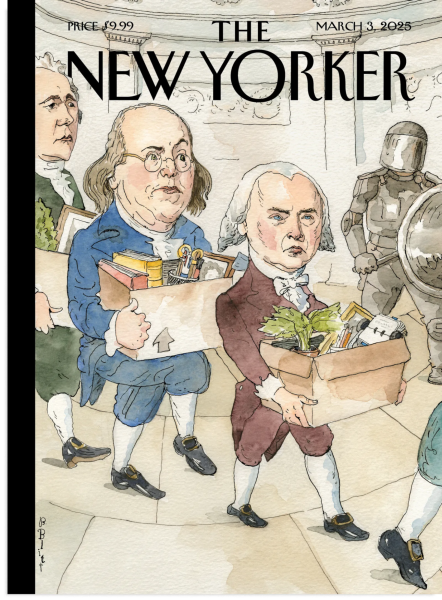
Cover illustrations can be found on many well-known newspapers and magazines, such as The New York Times or The New Yorker. These illustrations (or photographs) use graphic design elements (often in the form of eye-catching colors, forms, or compositions) to convey stories in ways that attract attention and add nuance. Covers can highlight the paper’s top story or provide an overview of the entire edition.
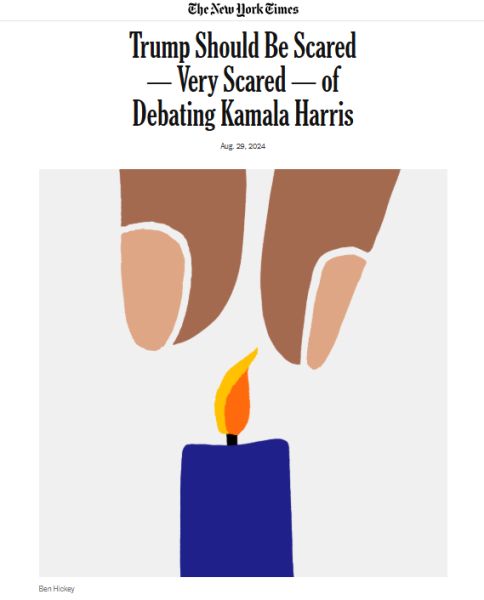
Often, like in the cover shown to the left, illustrators employ symbols or recognizable figures to quickly and easily get to the point. It is clear that the founding fathers are packing their things and leaving, their faces lined with looks of disgust and disappointment. The reader can use this to see, before even looking at the article, if it will appeal to them.
Additionally, individual illustrations that accompany articles can draw attention to the writing, but also emphasize certain aspects of the contributor’s work. For example, the illustration pictured to the right, composed of just a few color-block forms, ingeniously reflects and adds to the writers’ message. The candle is a representation of Donald Trump, and two fingers (presumably of Kamala Harris) threaten to extinguish it.
In this way, illustrations can serve a political purpose. The artist gets to voice their opinions. This can be seen even more explicitly in political cartoons, which have a long history.

“Join or Die” is a famous political cartoon that was created by Benjamin Franklin and published on May 9, 1754, in the Pennsylvania Gazette. This political cartoon contains a simple and understandable illustration and slogan. Readers of the newspaper and students who learned about it centuries later didn’t have to navigate through dense articles to understand Franklin’s point: the colonies must unite (in this case, to succeed in the French and Indian War).
It’s key to note that political cartoons are often created to mock people and groups, and some creators purposefully perpetuate harmful stereotypes when visually representing them. Though this use of racist and sexist caricatures has gradually decreased, there are still cartoons that are published now that use them. It’s so important that illustrators and publishers use visuals in newspapers for good, in ways that do not employ these tactics. Art should be created to inform and offer different perspectives, not hurt people.
As the new Art Director of the Blue and White, I am excited to put my artistic skills to work and add illustrations to my peers’ articles. Additionally, I oversee the publication of cartoons in the newspaper, available on the home page. Keep an eye out for more art!
If you’re interested, check out some examples of illustrations from the New York Times and political cartoons in American history.
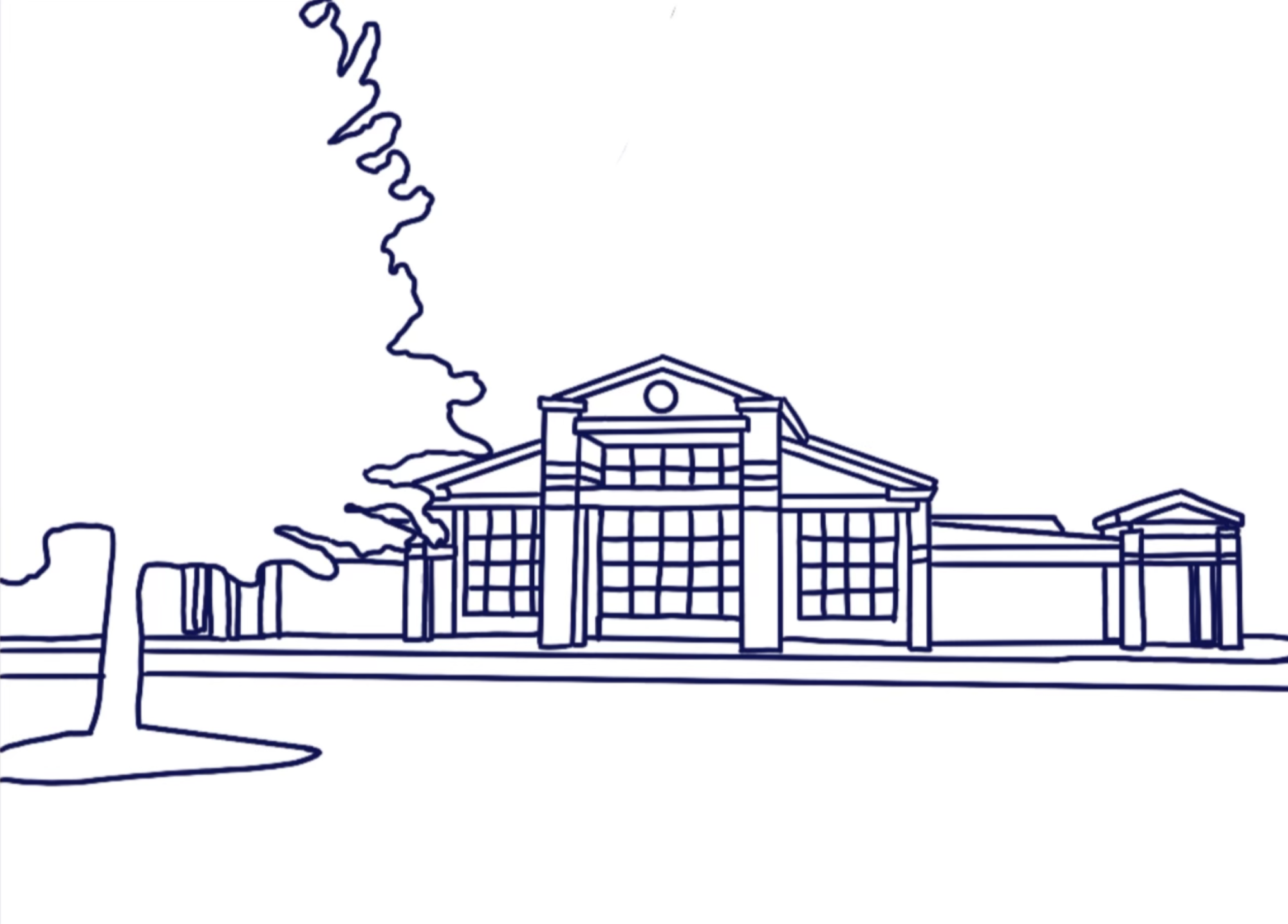
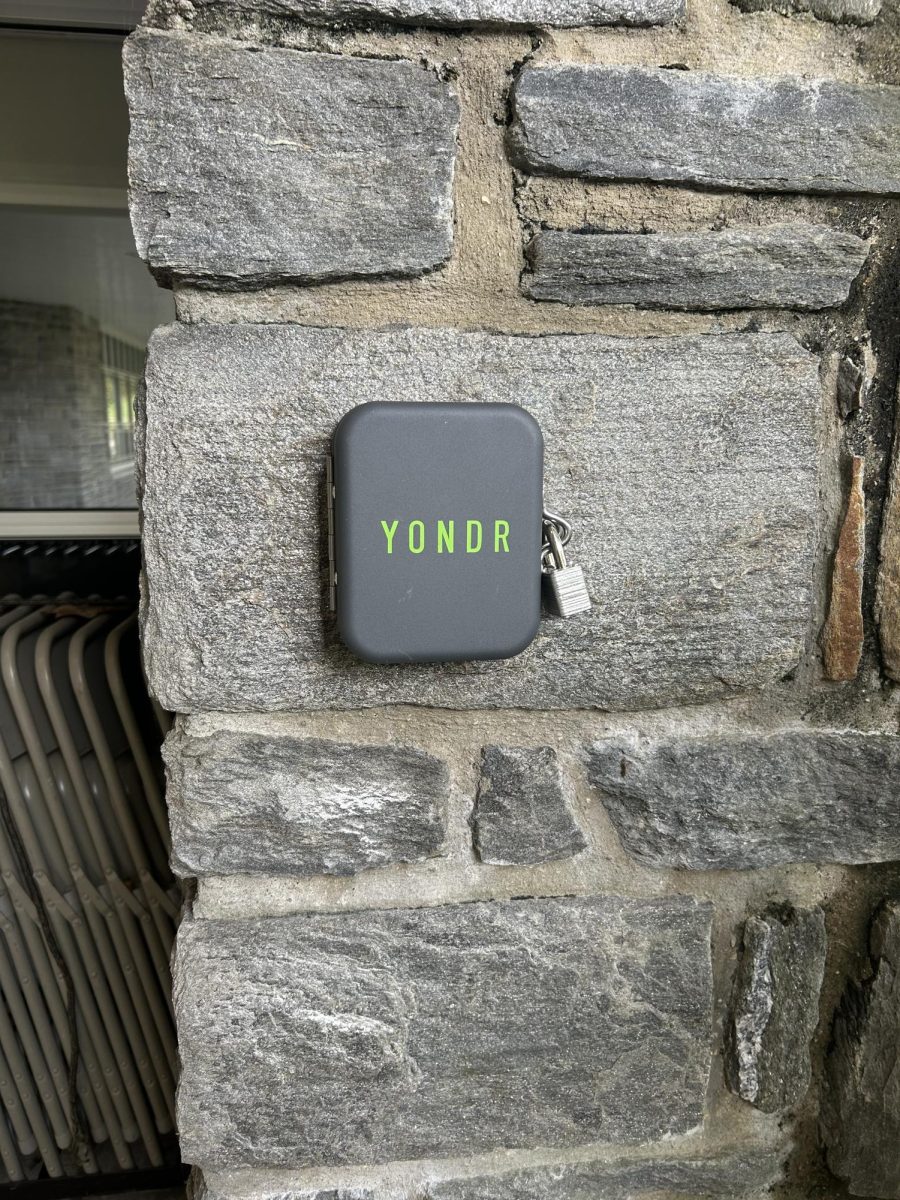




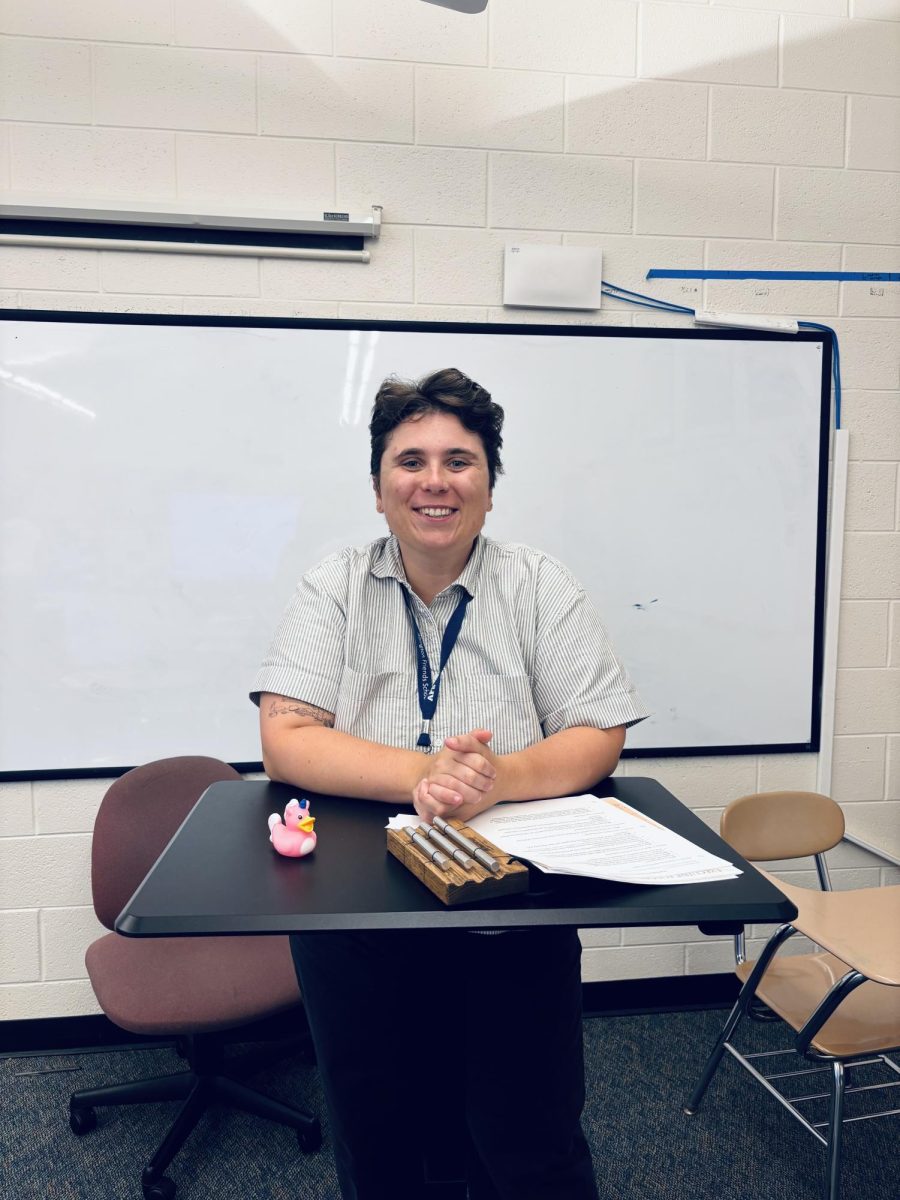






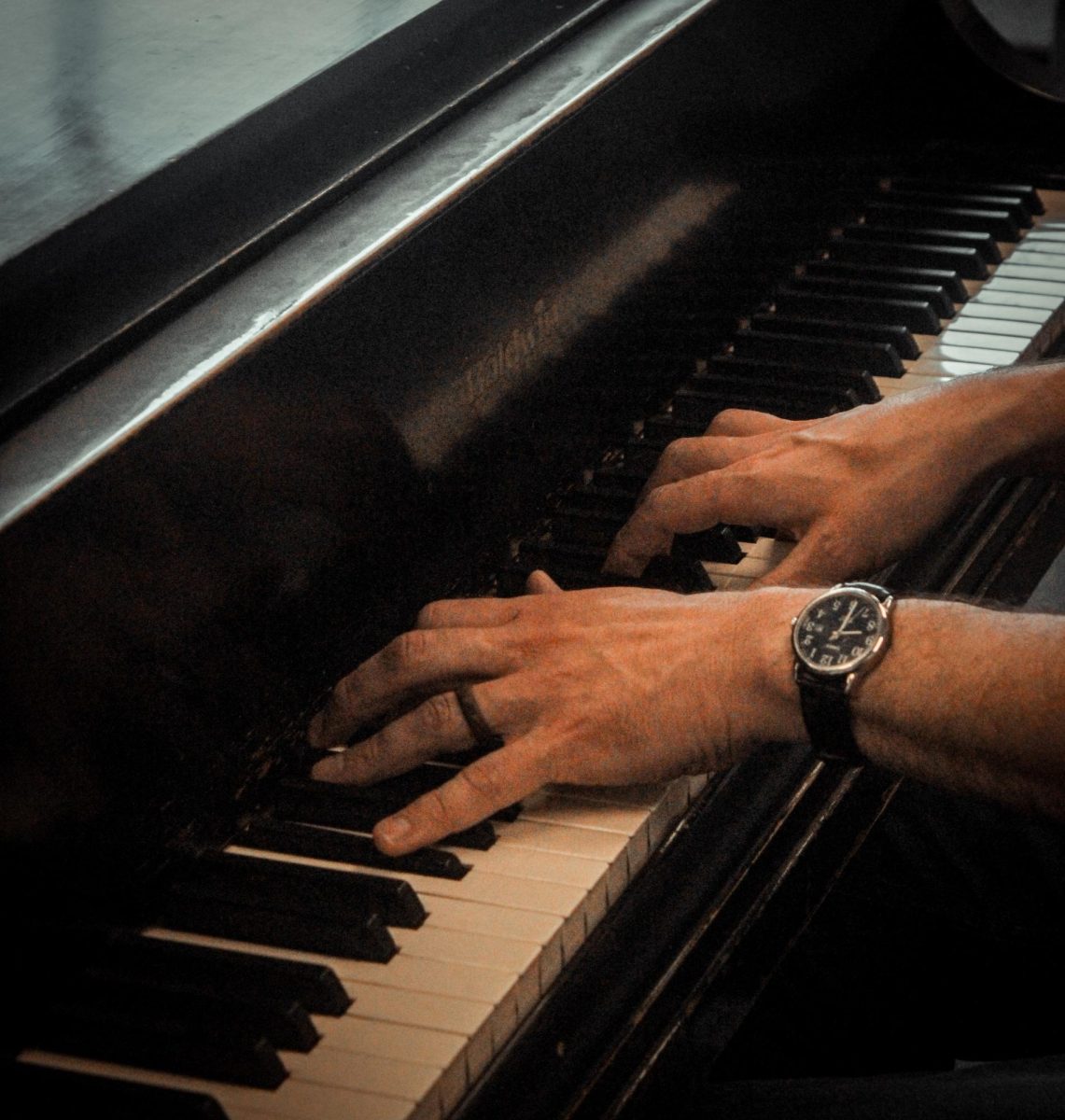
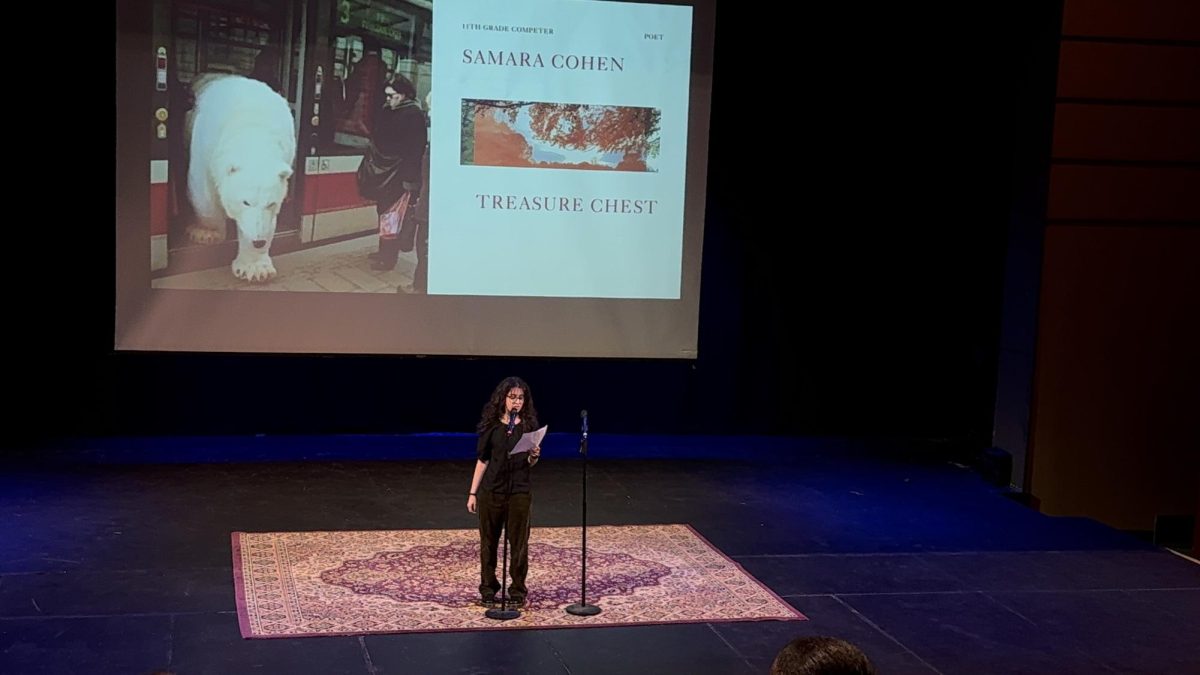
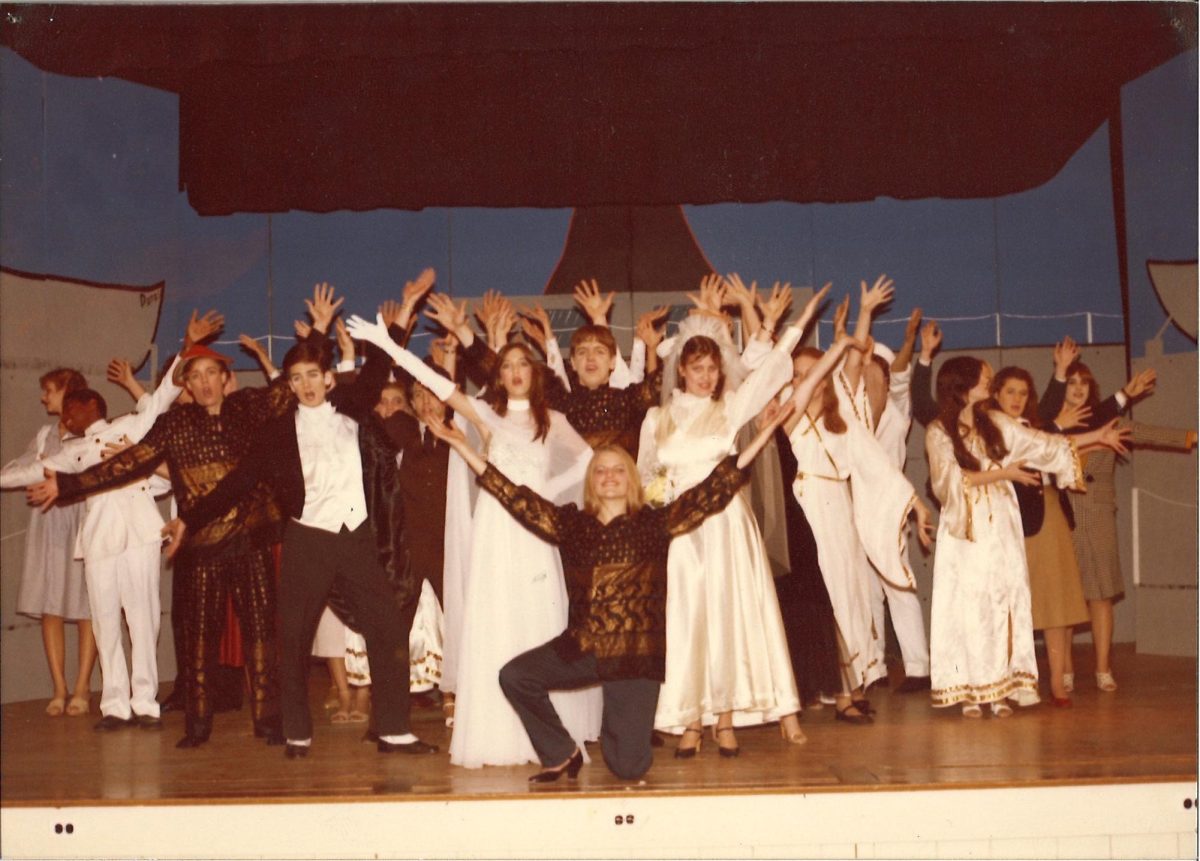


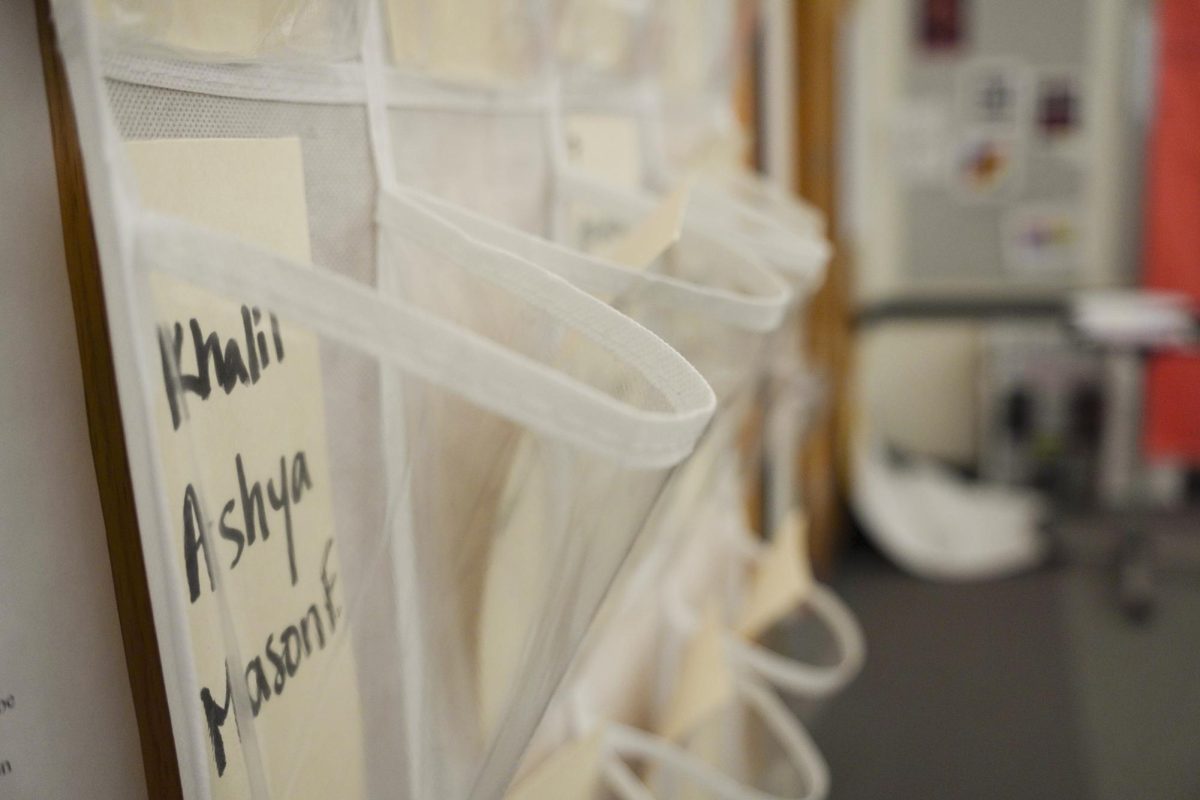

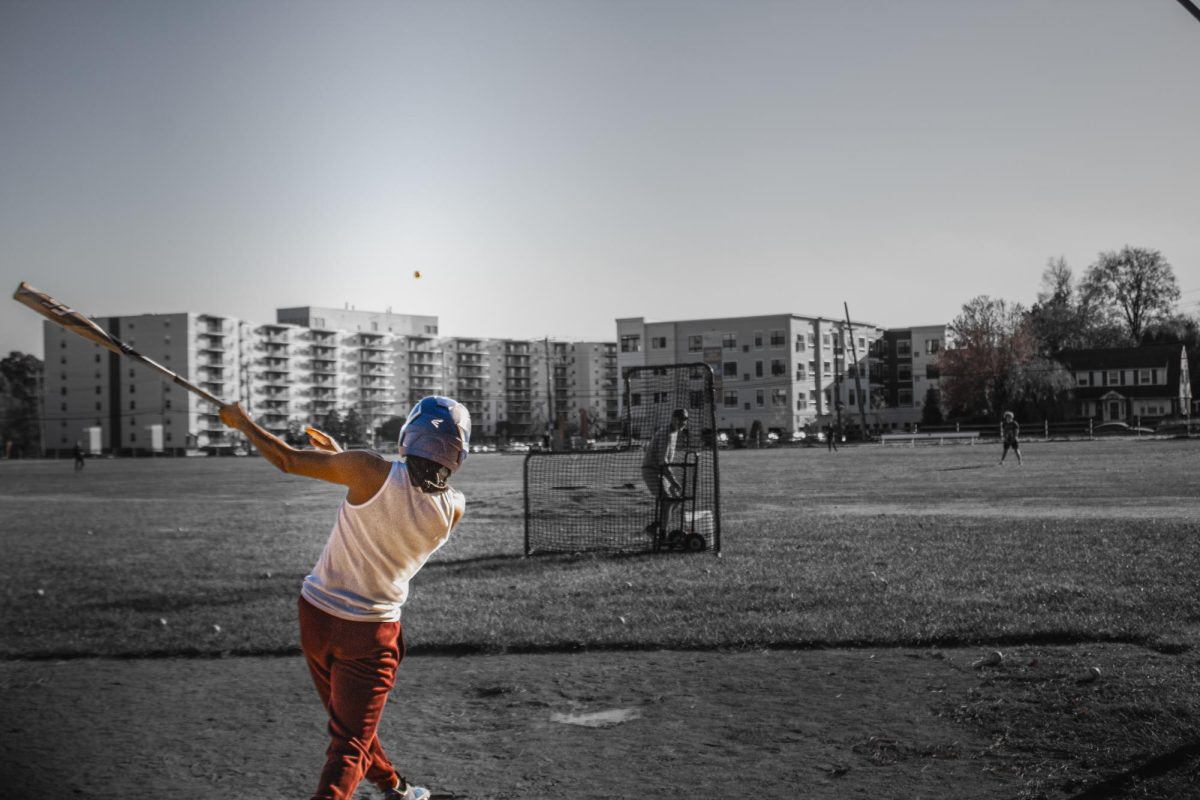
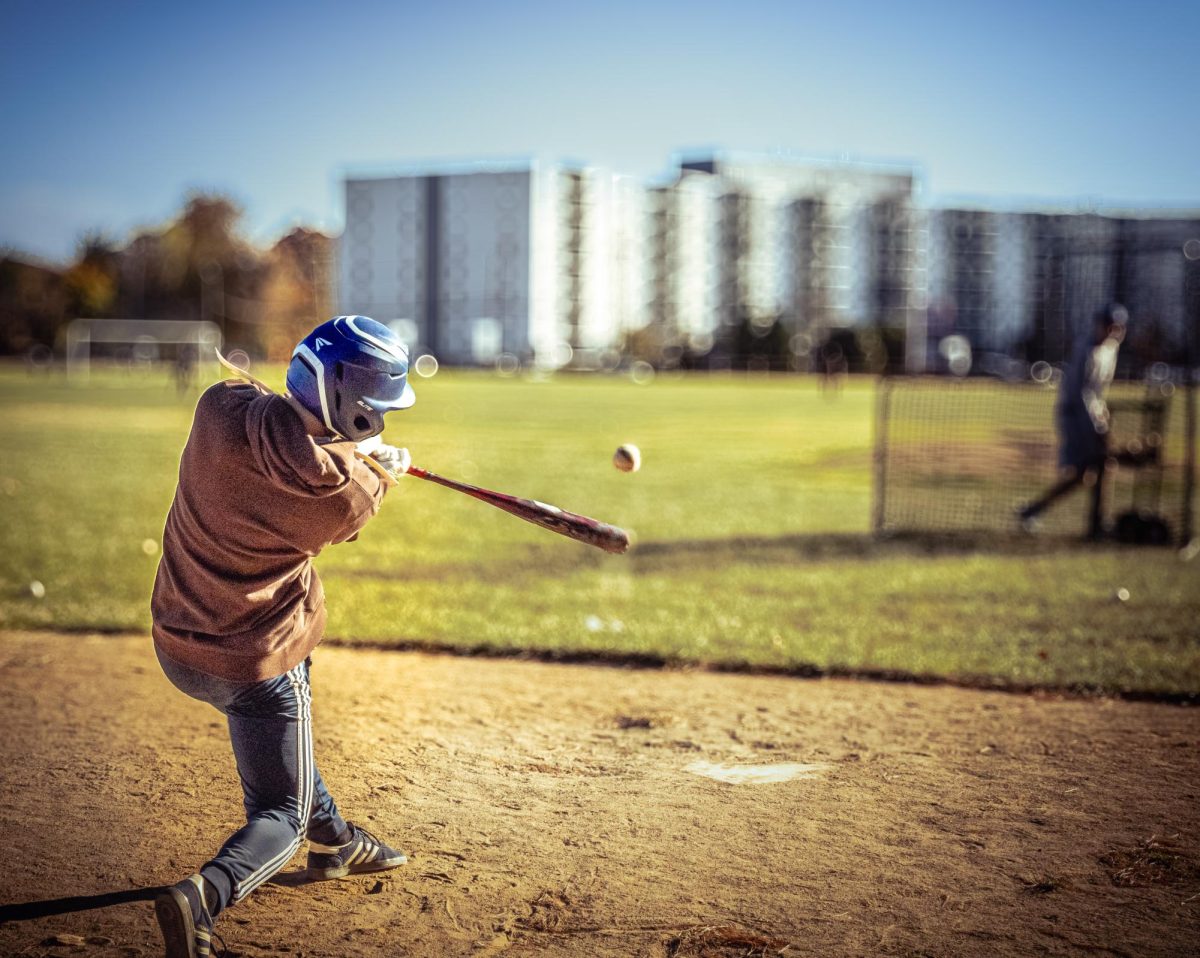




J Wu • Oct 16, 2025 at 1:07 pm
I love how this article emphasizes the importance of using art in order to convey a message, political or otherwise. Art can leave an impression on the people who see it, along with helping display the artist’s emotions that words just may not be able to do. Art, whether or not it’s political, a comic or an illustration can be extremely powerful to both capture the viewer/reader, and to use subtle messaging in order to enforce the article/piece’s perspective. I’d love to see more comics on the Blue and White in the future; the one currently up is spectacular and impactful.
Cora Giuliano • Oct 15, 2025 at 8:05 pm
I really like how this article recognizes the power of art. I think that political cartoons and comics can often be overlooked but they add a level of depth to any given writing piece that helps further the opinion of the author and draw the reader in. On a literal level, I do judge books by their covers. I do the same for articles. If I come across an article that catches my eye, I’m more inclined to read it. Though they don’t technically say anything, art speaks volumes to the message of an article. Art can be just as powerful as the written word but that isn’t always recognized.
Casio • Oct 15, 2025 at 1:49 pm
I wholeheartedly agree with this. I’ve always found it harder to read books and articles with no pictures to be boring, and just a few pictures can really make the whole experience better. This, and not everyone speaks the same language, so illustrations or photographs can communicate what happened without the use of a translation device. For example, England makes a political cartoon bashing France and France still knows what it’s about without understanding what the words mean. Like the article says, visual demonstrations have always been helpful when it comes to understanding or making a point. Overall, I think using imagery is very important when presenting something in an article-like format.
Molly • Oct 14, 2025 at 9:52 pm
This article helped me realize just how important editorial illustrations are. I feel that I have not seen many illustrations in the the news I have been consuming recently, as most of it is online, but I am really excited to see what cartoons and illustrations show up in the Blue and White! I am excited to see a variety of comics and illustrations, but am really interested to see if/what cartoons could look like in relation to news articles. I am interested to see if cartoons could visualize news without being biased, or if generally, most news cartoons follow a “political cartoon” format. I am so excited to see the editorial illustrations show up in the newspaper!
Nandi • Oct 14, 2025 at 9:07 pm
I definitely notice and appreciate illustrations more than I realized, even as I clicked this article the first thing was that cute photo and it instantly drew me in. It can sometimes be even more interesting and intriguing than the title of the story. For example, in the college essay article, I was instantly drawn to the illustration at the beginning because it was colorful and just overall eye catching. They are so beneficial to newspapers and I think the blue and white should do some cartoons, realism, anything that connects to the piece at the end of the day is all you need, and it could collaborate maybe with our art department to have weekly pieces!
Leo Gest • Oct 13, 2025 at 11:46 am
I’ve noticed editorial illustrations in articles as well. I agree, as this article brings back a quote I heard that resonated with me. It reads, “A picture is worth a thousand words.” I don’t necessarily think this scale is correct, however I think the quote is generally correct. I would like to see more comics from this author as well as I like the art and comics and I think they do a wonderful job of describing things that words can’t. Another thing I would add to the article is more details about the publishers and the reasoning behind the cover art. Most times, these pictures are chosen through a selective process and I wonder what the reasoning behind it is.
Lilah VanLeer • Oct 12, 2025 at 7:04 pm
After reading through this article, I’ve thought back to past articles in The AFS Blue and White newspaper and realized that more illustrations could be exactly what most articles are missing. I think that the implementation of illustrations is definitely something that catches a reader’s eye. Design elements are sometimes what make up a story because of elements like symbolization. The way that this article provides examples and links to an abundance of eye catching things, shows that the convenience of having something to grab attention is maybe something that The Blue And White has been missing and intrigues one to see what there is to look forward to in the future of the news site.
Lauren Washington • Oct 12, 2025 at 4:54 pm
Hi Maya, I love this article and its topic! I am glad you explained why the Blue and White decided to include comics into our newspaper because it will create more creative outlets for the student body of AFS.
Rainy Korein • Oct 12, 2025 at 3:44 pm
I think that this article did a good job of providing historical context for the potency of political cartoons and newspaper illustrations, which in turn creates a more in-depth and interesting answer to the question posed by the headline: ‘What’s the point of editorial illustration?’. In its explanations of why political illustrations from ‘Join Or Die’ to ‘Trump Should Be Scared…Of Debating Kamala Harris’ are moving, the article demonstrated impressive art analysis skills while remaining accessible to readers. This provides readers with a relevant and interesting window into that field without alienating them.
Chloe C • Oct 12, 2025 at 12:48 pm
I have noticed editorial illustrations frequently in my news readings, and I agree with the article’s perspective on what images can provide. I believe illustrations bring significant visual interest to the article, helping readers digest the material more effectively. When I see a visual representation of something discussed in the article I’m reading, it helps me round out my perspective or gives me a new way of thinking about it. In The Blue and White, I would like to see more illustrations with commentary on the articles, in a New Yorker-esque sense, as I think they add a lot to the material.
liam hilliard • Oct 11, 2025 at 4:54 pm
I’ve been paying attention to The Blue And White for some time now, and it certainly has become apparent to me that something was missing from it over these last two years, even if I couldn’t put my finger on what it was. Now that I’ve seen the newspaper in the new school year, it really seems like a void has been filled with illustrations in the forms of both comics and story covers. I recall that, for some of my articles in the past, there’s been some amount of difficulty in finding good pictures just because the concepts I’ve written about have been marginally too abstract for something easy to present itself. Additionally, this edition’s comic really takes a visual metaphor to its extreme in a way that a piece of writing wouldn’t quite be able to capture.
Oonagh • Oct 11, 2025 at 12:08 pm
I have noticed editorial illustrations in a lot of newspapers and sources before, such as the New York Times and of course the New Yorker. I do agree that images in newspapers can provide context and information that words alone cannot, especially for people who have a hard time with visualization. Comics and illustrations are able to convey the tone of the article as well as providing additional context to the contents of the article. I think comics about teachers would be fun; sort of in a ‘feature-style’ about a new teacher or group of teachers in each issue. Light-hearted or possibly comedic comic strips would be really fun to read.